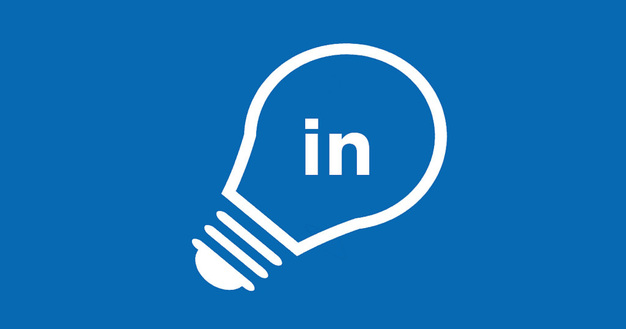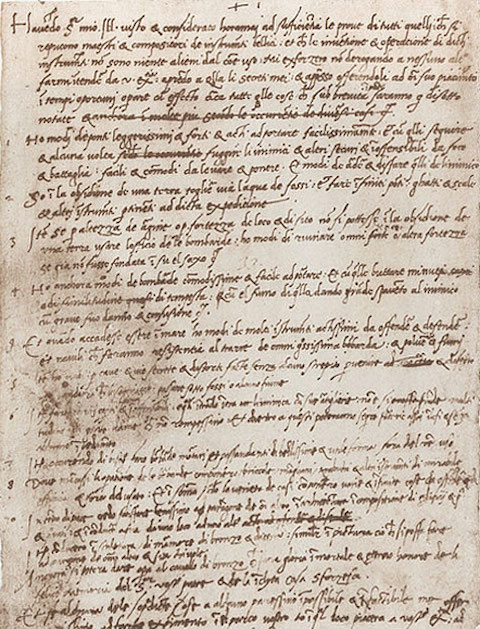Traditionally interview preparation happens near to the date of the meeting. However, have you considered preparing for an interview before you’ve even applied for the job? It’s not as illogical as it sounds; the recruitment process is no different to the advantages gained in business through breaking paradigms.
Writing a CV provides a valuable opportunity to stop and ask some introspective questions about your career and professional self. Experience is, of course, only one influencing factor in a hiring decision. Other key aspects include soft skills, potential, cultural fit and mindset. Reflecting on frequently asked interview questions designed to reveal personal attributes, as well as your track record, will help you identify important qualities that should thread through your CV. Instead of viewing your CV in isolation, approaching it as an integral part of interview preparation will pay dividends.
Assist the interviewer
Throughout the interview process and especially in the latter stages, these wider personal qualities are extremely influential on the outcome. By presenting them clearly in your CV, the interviewer will have a more complete first impression firmly planted in their mind, before meeting you. With this foundation in place, you will be in the fortunate position of confirming and reiterating this favorable perception, rather than having to establish it from scratch. The advertising industry has been reaping the rewards of the familiarity principle for years – it’s present in most areas of decision making, so use it to your advantage!
Benefits to you
Most people are naturally modest and are not comfortable with articulating what makes them good at what they do. Talking about their team’s record sales, for example, doesn’t pose the same issue, as it feels more objective. Analysing and committing your key personal strengths and qualities to paper, helps overcome false modesty in a face-to-face situation. Emphasising and adding further details to skills and attributes in an interview is easier to do when your CV has already introduced them. It’s worth remembering though, that just listing character traits with accompanying adjectives is too generic and can be counterproductive; ensure you provide a corresponding context.
Promote your USP
Increased disintermediation in recruitment means that carefully crafted notes from a search firm may not always accompany your CV, so it’s vital that your professional profile and summary sections in your CV are really compelling. Decide what CV format works best for your job search/application objective. Make sure all headings and headline statements in summary sections are backed up with supporting examples. Remember both a CV and interview are opportunities to market yourself, so some subtle self-promotion is expected and even welcomed. This applies to interests too. Any outside work activities that enhance your personal professional brand are worth including. If you have swum the channel, make sure it’s included, don’t merely mention keen swimmer, as one of our overmodest clients did – swimming 21 miles in open water immediately conjures up extraordinary commitment and incredible perseverance, so it is definitely worth mentioning!
External promotions
If you are seeking an external promotion, you will need to convince the interviewer that you are capable of operating at the next level. Your CV can actively assist with this goal. Assess the new aspects of the role and read profiles of professionals already holding similar positions. This will help you highlight the areas of your expertise and approach which demonstrate you have the required aptitude and capability to operate at this level. Mirror the language of this more senior level when describing your experience and achievements. If you head a division and are seeking a directorship, don’t just mention your divisional results, put them in the context of improving company performance. Show that you are already thinking at a company level. Use language that elevates your experience to strongly indicate that this is a natural next step and one which you are equipped to make.
Clients are frequently surprised at the breadth and depth of questions we ask when preparing CVs on their behalf and how helpful this is when preparing for an interview. So when compiling your CV, or just updating it, act as your own career counsellor, invest the time to identify the aspects that will create a strong, rounded professional picture of what you can offer a business. This is one of the best ways to prepare for an interview. View your CV as more than the traditional two-dimensional list of chronological experience and you will give yourself a valuable competitive advantage.
Text from guest blog post for Nicholas Alexander Executive Search
Writing a CV provides a valuable opportunity to stop and ask some introspective questions about your career and professional self. Experience is, of course, only one influencing factor in a hiring decision. Other key aspects include soft skills, potential, cultural fit and mindset. Reflecting on frequently asked interview questions designed to reveal personal attributes, as well as your track record, will help you identify important qualities that should thread through your CV. Instead of viewing your CV in isolation, approaching it as an integral part of interview preparation will pay dividends.
Assist the interviewer
Throughout the interview process and especially in the latter stages, these wider personal qualities are extremely influential on the outcome. By presenting them clearly in your CV, the interviewer will have a more complete first impression firmly planted in their mind, before meeting you. With this foundation in place, you will be in the fortunate position of confirming and reiterating this favorable perception, rather than having to establish it from scratch. The advertising industry has been reaping the rewards of the familiarity principle for years – it’s present in most areas of decision making, so use it to your advantage!
Benefits to you
Most people are naturally modest and are not comfortable with articulating what makes them good at what they do. Talking about their team’s record sales, for example, doesn’t pose the same issue, as it feels more objective. Analysing and committing your key personal strengths and qualities to paper, helps overcome false modesty in a face-to-face situation. Emphasising and adding further details to skills and attributes in an interview is easier to do when your CV has already introduced them. It’s worth remembering though, that just listing character traits with accompanying adjectives is too generic and can be counterproductive; ensure you provide a corresponding context.
Promote your USP
Increased disintermediation in recruitment means that carefully crafted notes from a search firm may not always accompany your CV, so it’s vital that your professional profile and summary sections in your CV are really compelling. Decide what CV format works best for your job search/application objective. Make sure all headings and headline statements in summary sections are backed up with supporting examples. Remember both a CV and interview are opportunities to market yourself, so some subtle self-promotion is expected and even welcomed. This applies to interests too. Any outside work activities that enhance your personal professional brand are worth including. If you have swum the channel, make sure it’s included, don’t merely mention keen swimmer, as one of our overmodest clients did – swimming 21 miles in open water immediately conjures up extraordinary commitment and incredible perseverance, so it is definitely worth mentioning!
External promotions
If you are seeking an external promotion, you will need to convince the interviewer that you are capable of operating at the next level. Your CV can actively assist with this goal. Assess the new aspects of the role and read profiles of professionals already holding similar positions. This will help you highlight the areas of your expertise and approach which demonstrate you have the required aptitude and capability to operate at this level. Mirror the language of this more senior level when describing your experience and achievements. If you head a division and are seeking a directorship, don’t just mention your divisional results, put them in the context of improving company performance. Show that you are already thinking at a company level. Use language that elevates your experience to strongly indicate that this is a natural next step and one which you are equipped to make.
Clients are frequently surprised at the breadth and depth of questions we ask when preparing CVs on their behalf and how helpful this is when preparing for an interview. So when compiling your CV, or just updating it, act as your own career counsellor, invest the time to identify the aspects that will create a strong, rounded professional picture of what you can offer a business. This is one of the best ways to prepare for an interview. View your CV as more than the traditional two-dimensional list of chronological experience and you will give yourself a valuable competitive advantage.
Text from guest blog post for Nicholas Alexander Executive Search










